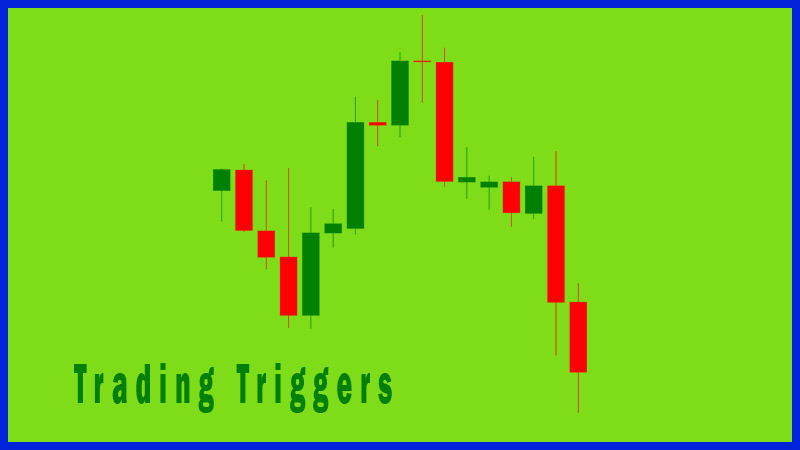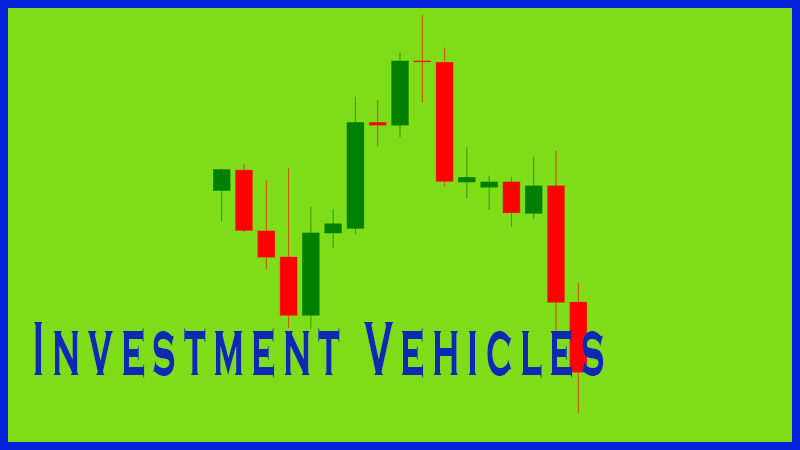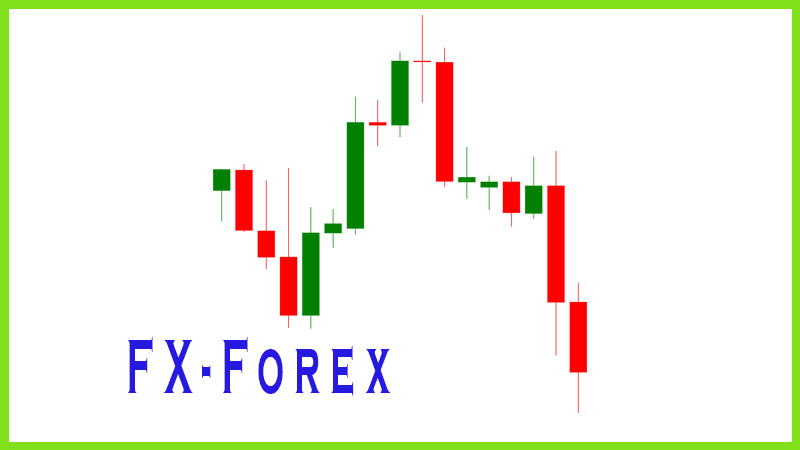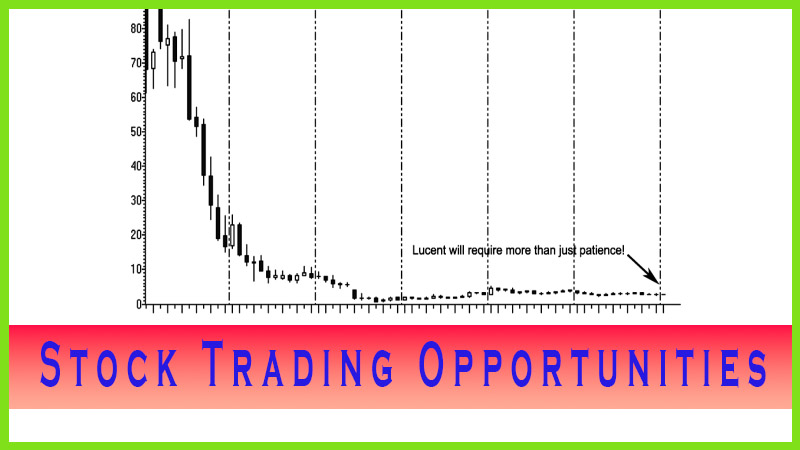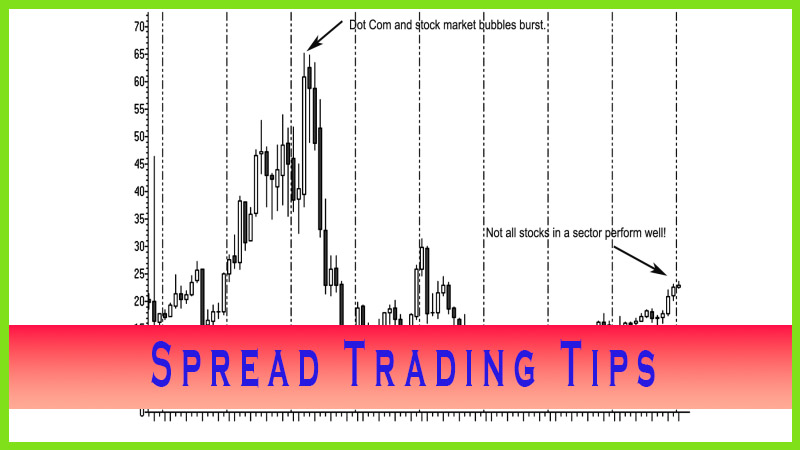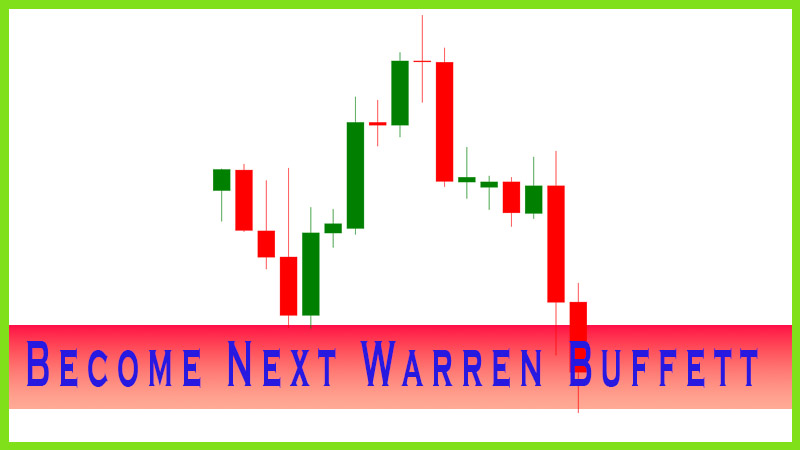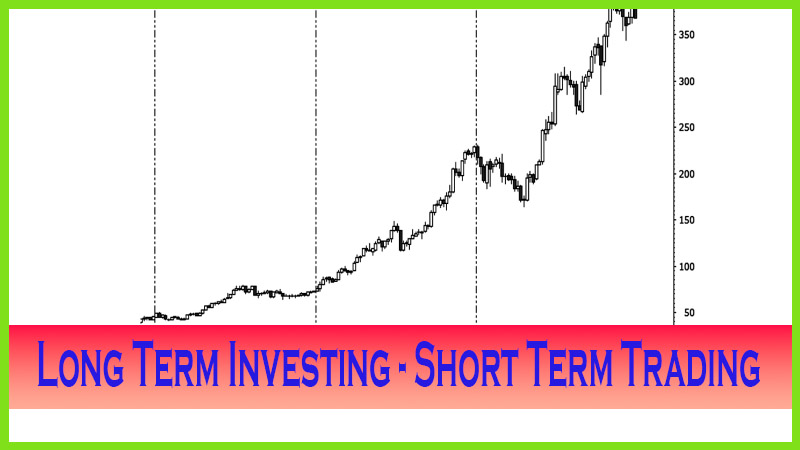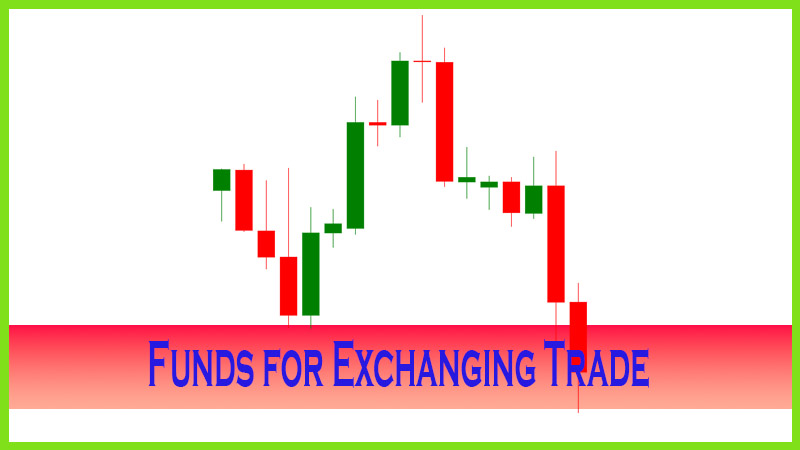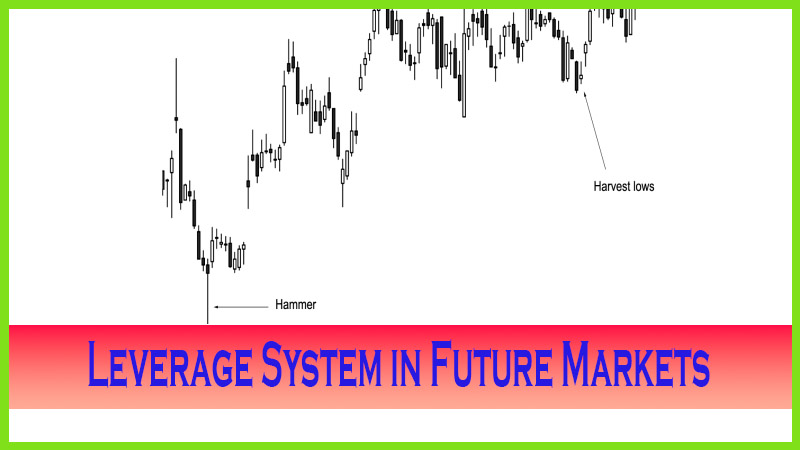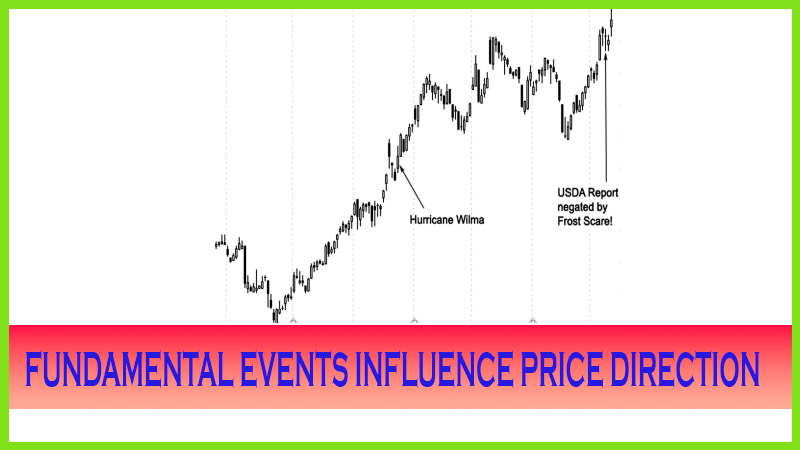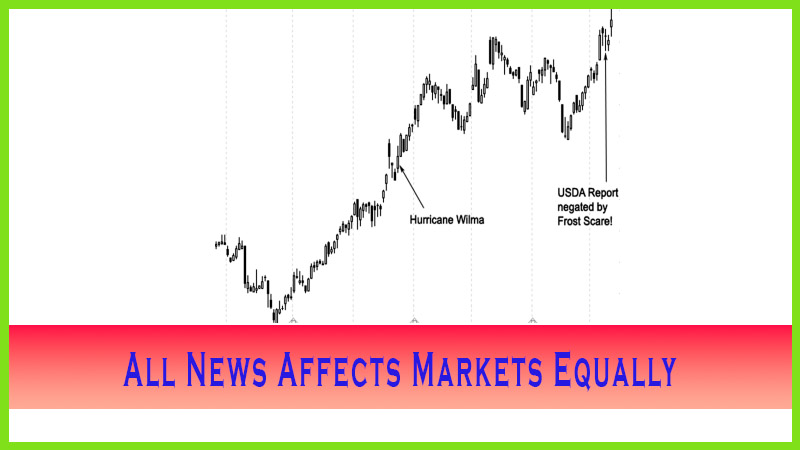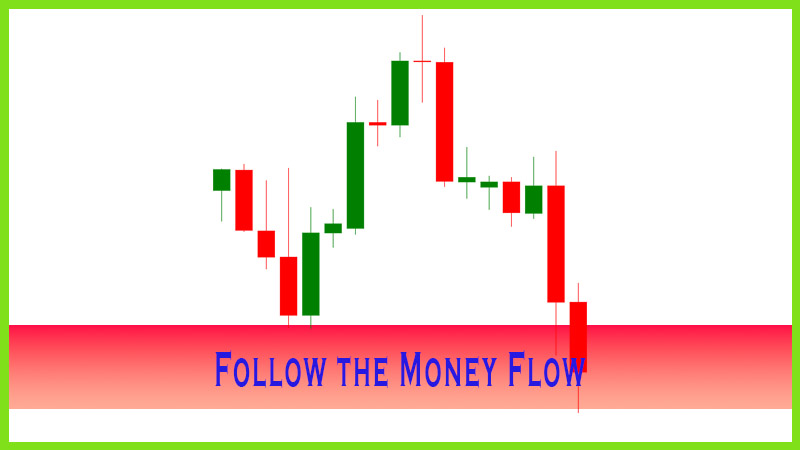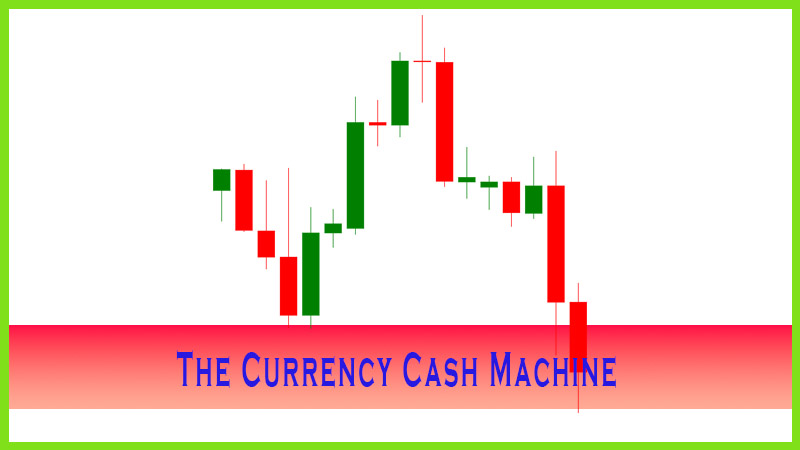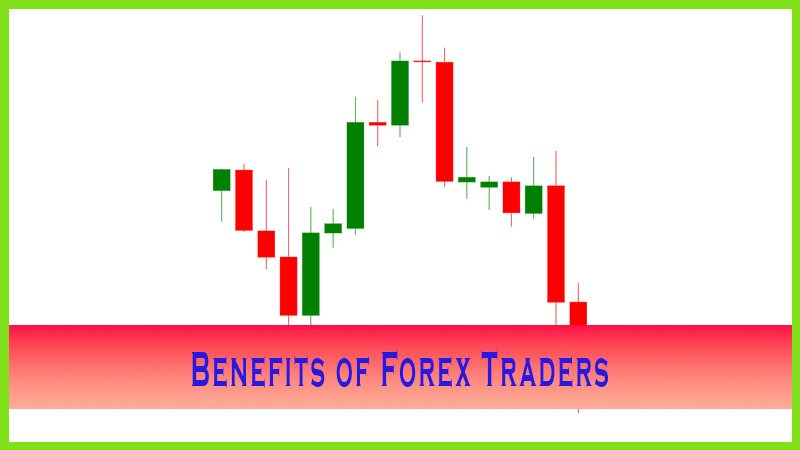Habitual Winners Follow Trading Plans
trading plans forex, trading plans and strategies, trading plans stocks, trading plans for crypto
Course: [ The Candlestick and Pivot Point Trading Triggers : Chapter 1. Trading Vehicles, Stock, ETFs, Futures, and Forex ]
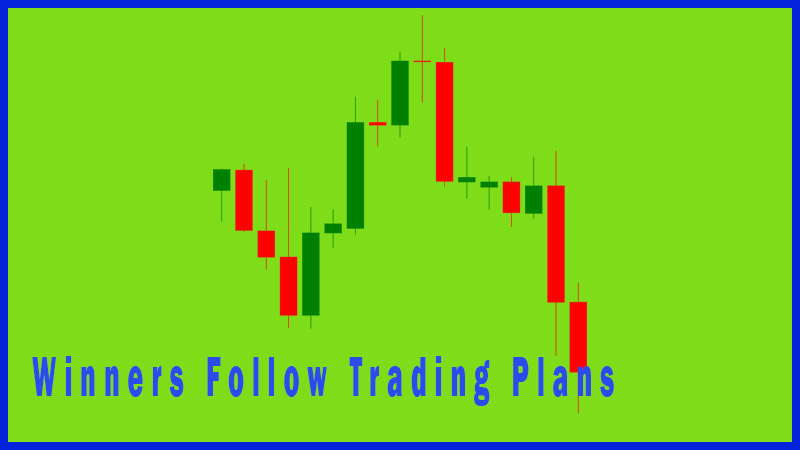
Traders need to consider new techniques that will allow for increased profitability and ways to reduce risks. This book will demonstrate how you can identify conditional changes in the markets and how you can utilize my techniques in certain setups and triggers based on an approach to using candle charts and pivot point analysis that may be different from what you have encountered before.
HABITUAL WINNERS FOLLOW TRADING PLANS
Traders
need to consider new techniques that will allow for increased profitability and
ways to reduce risks. This book will demonstrate how you can identify
conditional changes in the markets and how you can utilize my techniques in
certain setups and triggers based on an approach to using candle charts and
pivot point analysis that may be different from what you have encountered
before.
You will
learn which leading price indicators are the best to use, plus professional
chart-reading techniques and how to apply this knowledge to make trading
decisions based on facts rather than on opinions. You would be surprised at how
many times I am asked what my “feeling” is on the market. I can feel upset, I
can feel warm, I can feel cold; but I just can’t feel the market. I can see the
price action and can act on a shift in the momentum, and I can determine that
the market is currently in an uptrend or a downtrend or in a consolidation
phase. I certainly can’t feel the market.
I want to
walk you through some top chart patterns or setups and triggers so that you can
develop a trading plan based on a testable trading system. This will be a
method with a complete set of rules that do not arbitrarily change. You will be
able to use these concepts in many different markets and in different time
frames. This book will go into more specific rules and explanations of setups
and triggers than my first book did. Not only was that first project, The
Complete Guide to Technical Trading Tactics: How to Profit Using Pivot Points,
Candlesticks, & Other Indicators, a great introductory book that touched on
several trading concepts, but it was the first work that introduced traders to
the concept of integrating candlestick charting with pivot point analysis. Some
of the principles in that first project will be used here, but this book will
cover in greater detail how to apply and use those methods so you can learn to
make money with the triggers. I would suggest that you get that book if you
have not already done so, as there are many great tips and suggestions
described in those pages.
In this
book, I want to teach you what to search for when chart reading. I am not going
to go into detail on every specific candlestick chart pattern because I
generally only use them to help identify where the market closes in
relationship to the open or the past price points, such as the high or low
points, rather than rely on them to signal a trade based on traditional chart
formations.
I believe
that, like many things in life, the more you repeat positive actions, the more
you will experience and receive positive reactions. In trading, that translates
to simply following rules, waiting for signals to transpire, and then acting on
those signals, rather than anticipating that signals will form. When signals
trigger a buy, then go long; when a signal triggers a sell, then exit the long
or go short. As I stated earlier, following a set of rules will not guarantee
that you will be 100 percent right in your trading results; but by not
following a set of rules, your chances increase that you may be closer to 100
percent wrong in your trading results. One must learn to cut losses and let
winning trades ride. It sounds like a cliche to trading veterans; but the fact is
that it is so simple, yet it is so hard to do. By accepting this process of
learning some simple principles and then following a few sets of rules, which I
will go into in this book, you become a better trader; and that may translate
into becoming a more profitable trader.
One trait
I have noticed that most novice traders possess is that they try to over analyze
and overcomplicate matters. In order to help simplify your thinking, remember
this: There are only four common denominators that each of us has equal access
to—the open, the high, the low, and the close of any given market, in any given
time frame. There are two other values to measure: volume and, for futures
traders, open interest. However, even these two elements cannot be finalized or
completely calculated until the close of each trading session. Therefore, it is
important that you realize that the close is the single most important aspect
when using and applying all forms of technical analysis studies.
So no
matter what market or trading vehicle you are trading—whether it is a stock, a
futures or commodity market, a stock index, the forex currency markets, or even
an exchange traded fund, you need to watch the close of the time period in
which you are trading to capture a clue in order to initiate a trade, manage
the trade, and learn the right exit spot. Always remember that the close is the
most important element and what matters most to focus on when trading. It is
the relationship of the close to past price action and to the high, the low, and
the open that will help measure or weigh a value of a given market at any given
time. Therefore, you can get a more accurate gauge of what to do. In trading
terms, the choices you have are to buy, to sell, to spread off, or to do
nothing and hold onto your cash. Sometimes not knowing what to do translates
into not entering a position. Remember that being in cash or standing on the
sidelines is a trade, too.
Once you
grasp the understanding that it is the close that shows you what the current
market value is, then you should have a clue as what your next trading decision
should be. If you learn to act on the close for your trading decisions and on
triggers, that information will help stack the odds in your favor that you are
going with the current flow or in the right market direction. That includes any
time period for which you are trading. That means if you are a day trader using
a 5-minute period, you cannot act on an intra-time period signal. You need to
wait for the five-minute period to conclude before acting on a trigger. The
same goes for a 5-minute, a 60-minute, a daily, a weekly, or even a monthly
time period.
The clues
for which we as traders are looking are what we need to initiate a trading
decision and are what I define as a trading trigger, which will be explained
later in the book. Once you understand how markets work, understand simple
charting techniques, and have a fundamental working knowledge of indicators and
what dictates increases or decreases in values of a given product at a given
time (such as supply and demand factors) and how that is represented on a
chart, then you will have gained a better edge in the market and will have
stacked the odds of success in your favour.
There is
one flaw in any system, and it is generally from the execution side rather than
from the construction side of the system. To be specific, most traders who lose
while trading a system fail to trade by the signals generated by that system.
Either they fail to act once the signal is generated, or they anticipate that a
signal will be generated thus acting on a false signal.
It is imperative that once you read
this book you learn that you must wait for the actual signal to trigger, and
that occurs in most cases by the close of the time period in which you are
trading. Even when a system generates a losing trade, it will signal a trigger
to get out. You must act on confirmed signals rather than on anticipation of
those signals or, more important, on your personal hunches.
Once you
have a working knowledge of the markets and the confidence in what the possible
outcome of those triggers might be, working with a few setups and signals will
allow you to find a trading opportunity; and then you will be able to apply the
appropriate strategy. You can diversify trading styles, such as integrating a
day trade into a position trade, utilizing an option strategy, or applying the
information on various trading vehicles.
I talked
about this concept of “finding opportunity, then
applying a strategy” in my first book: I called it playing the Monte
Hall game, Let’s Make a Deal. Look behind door number one, and review the risk
rewards; then look at the strategy behind door number two, and review the risk
and rewards there; and then finally open door number three, and see if that
strategy appeals to your analysis of risk and rewards. Remember, you can
determine, if an opportunity is longer term in nature, to use an option
strategy (such as an outright long call or put); a ratio back spread; or, if
the best opportunity exists taking a position in a stock, a stock index future
or possibly an ETF or a holding company depositary receipt (HOLDR).
The Candlestick and Pivot Point Trading Triggers : Chapter 1. Trading Vehicles, Stock, ETFs, Futures, and Forex : Tag: Candlestick Trading, Forex, Pivot Point : trading plans forex, trading plans and strategies, trading plans stocks, trading plans for crypto - Habitual Winners Follow Trading Plans

